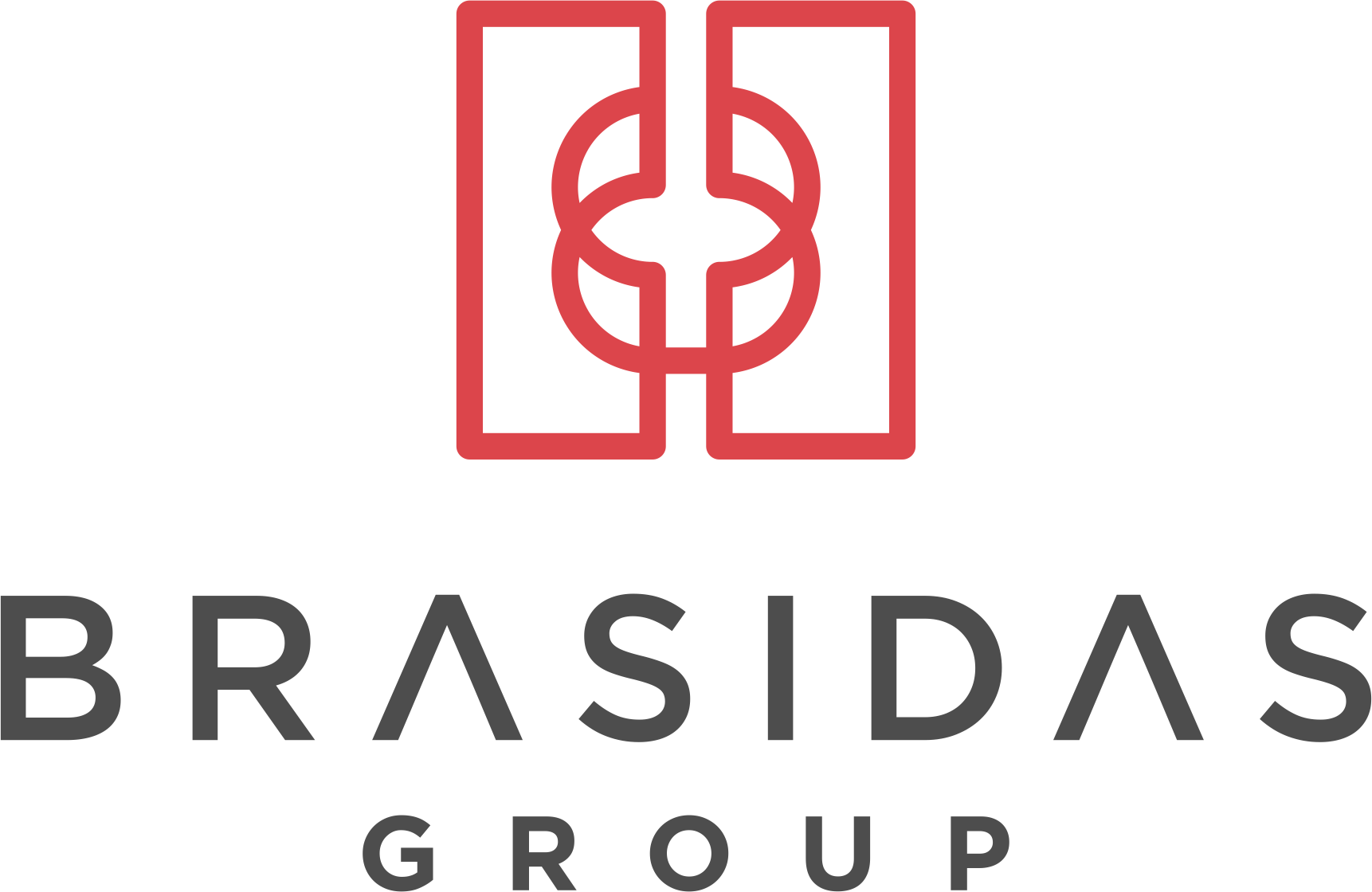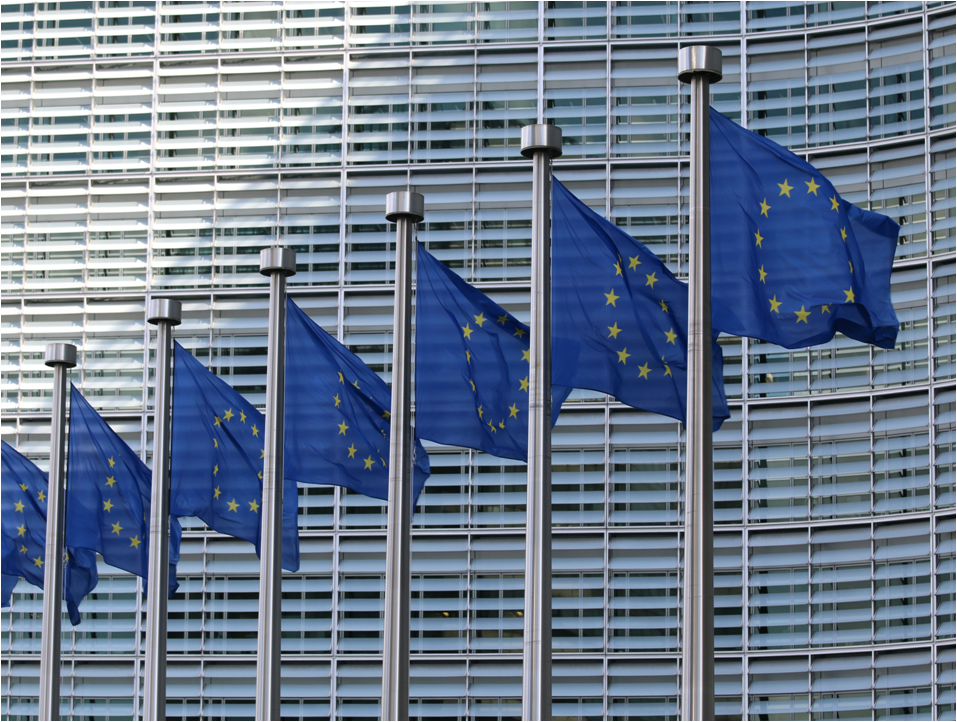In 2018, Rob Wainwright, the outgoing head of EU’s law enforcement agency Europol, estimated that 99 percent of money laundering in the EU goes unpunished. According to Euractiv, 90 percent of banks on the continent have faced fines for money-laundering-related offenses in spite of the fact that EU financial institutions spend about 60 billion US dollars on compliance annually. In order to bolster its anti-money laundering (AML) efforts, in July 2021, the European Commission announced plans to adopt an EU-wide AML ruleset and establish EU Anti-Money Laundering Authority (AMLA).
AML rules have been formalized in the Regulation on the prevention of the use of the financial system for the purposes of money laundering or terrorist financing. The regulation aims to iron out AML-related inter-jurisdictional inconsistencies and unify AML standards. A notable change is the expansion of the scope of organizations covered by AML rules. These will now also include unregulated crowdfunding service providers, creditors for mortgage and consumer loans and associated intermediaries, as well as investment migration operators. It is important to note that EU Regulations are directly applicable to member states. Unlike EU Directives, they do not need to be transposed by national legislative assemblies, which speeds up their implementation.
The second proposed innovation, the founding of the AMLA, comes in response to the noted shortcomings of AML in the EU in terms of poor cooperation and coordination between the national Financial Intelligence Units (FIUs). The AMLA aims to improve on the current situation by serving as the focal point of coordination among FIU’s. Additionally, it will be responsible for directly supervising high-risk financial institutions that are present throughout EU member states. It will also serve to draft and suggest policy changes on the EU level in order to improve the way the Union goes about preventing money laundering.
Overall, the EU is currently going into overdrive in order to improve its AML track record. The 6th Anti-Money Laundering Directive that has recently come into force prescribes penalties for accomplices and enablers of money laundering, which now also include legal entities. Although it will take some time before all proposals come to fruition—for example, the AMLA is not expected to be fully implemented before 2024—the trend of intensifying regulatory and institutional activity is clear.
What does this mean for financial institutions? They can expect the future to bring rising AML compliance costs as well as heightened scrutiny of their operations. It is crucial to identify weaknesses in their systems and devote attention to expanding internal and third-party engagement in order to minimize risks.




